Beat the Silent Killer: Your Guide to Understanding and Controlling High Blood Pressure in Ghaziabad
Empowering you with knowledge for a healthier heart and a longer life.
Introduction: The Silent Threat of High Blood Pressure
High blood pressure, medically known as hypertension, represents a significant global health concern, often progressing silently without noticeable symptoms. It is a condition where the force of blood against the artery walls is consistently too high. This sustained elevated pressure can lead to severe health complications if left unmanaged, earning it the ominous title of "the silent killer."
The asymptomatic nature of high blood pressure, as indicated by medical experts, means that individuals may live with dangerously high readings for extended periods without any specific signs. This lack of immediate warning signals transforms hypertension into a profound public health challenge. Without awareness, individuals are unlikely to seek timely medical attention or even realize they are at risk. This delayed diagnosis and intervention allow the condition to inflict substantial damage on vital organs, including the heart, brain, kidneys, and eyes, before any overt symptoms manifest. Consequently, understanding this condition and taking proactive steps for prevention and early detection through routine health check-ups becomes critically important for long-term well-being.
Unveiling the Causes: Why Blood Pressure Rises
Blood pressure is fundamentally determined by two primary factors: the volume of blood the heart pumps and the resistance encountered as blood flows through the arteries. When the heart pumps more blood or the arteries become narrower, blood pressure naturally increases. This elevation can stem from various sources, broadly categorized into primary and secondary hypertension.
Primary (Essential) Hypertension
For the majority of adults, high blood pressure is classified as primary, or essential, hypertension. In these cases, there is no single identifiable cause, and the condition typically develops gradually over many years. A significant contributing factor to this gradual development is atherosclerosis, the buildup of plaque within the arteries, which can further increase blood pressure.
Secondary Hypertension
In contrast, secondary hypertension arises from an underlying medical condition or the use of certain medications. Identifying and addressing the root cause of secondary hypertension is crucial for its management. Conditions and substances known to lead to secondary hypertension include:
- Adrenal gland tumors
- Congenital heart defects affecting blood vessels
- Kidney diseases, such as diabetic nephropathy, polycystic kidney disease, glomerular disease, and renovascular hypertension (narrowing of kidney arteries)
- Obstructive sleep apnea, a sleep disorder where breathing repeatedly stops and starts
- Thyroid problems, including both underactive (hypothyroidism) and overactive (hyperthyroidism) thyroid glands
- Specific medications, such as cough and cold medicines, certain pain relievers, birth control pills, decongestants, stimulants for ADHD, NSAIDs, and steroids
- Illegal drugs, like cocaine and amphetamines
- Other hormonal conditions such as Cushing syndrome, where the body produces too much cortisol, and Aldosteronism, where adrenal glands produce excess aldosterone leading to salt and water retention
- Pheochromocytoma, a rare tumor, usually in an adrenal gland, that produces excess adrenaline and noradrenaline
- Pregnancy, which can sometimes induce high blood pressure
Common Risk Factors
Beyond specific medical conditions, several factors significantly increase an individual's likelihood of developing high blood pressure:
- Age: The risk generally increases with age. Before approximately age 64, high blood pressure is more common in men, while women are more prone to developing it after age 65.
- Family History: A genetic predisposition exists; individuals are more likely to develop hypertension if a parent or sibling has the condition.
- Obesity or Being Overweight: Excess body weight causes physiological changes in blood vessels and kidneys, which frequently lead to elevated blood pressure. It also heightens the risk of other cardiovascular risk factors like high cholesterol.
- Lack of Physical Activity: An inactive lifestyle often contributes to weight gain and higher heart rates, both of which increase blood pressure risk.
- Tobacco Use or Vaping: Smoking, chewing tobacco, or vaping causes an immediate, temporary rise in blood pressure, damages blood vessel walls, and accelerates the hardening of arteries.
- Excessive Sodium (Salt) Intake: A high sodium diet can cause the body to retain fluid, leading to increased blood pressure.
- Low Potassium Levels: Potassium plays a vital role in balancing salt within the body's cells, which is crucial for heart health. Insufficient potassium intake can contribute to elevated blood pressure.
- Excessive Alcohol Consumption: Regular and heavy alcohol intake has been linked to increased blood pressure, particularly in men, and can contribute to weight gain.
- Stress: High levels of stress can temporarily increase blood pressure. Moreover, stress-related coping mechanisms, such as overeating, tobacco use, or increased alcohol consumption, can lead to further, more sustained increases in blood pressure. This highlights a critical interconnectedness of risk factors, where psychological stress not only directly affects blood pressure but also indirectly exacerbates it by driving unhealthy behavioral patterns. Addressing stress, therefore, requires a comprehensive approach that considers both physiological responses and behavioral habits. This understanding underscores the value of holistic patient care, where mental well-being and behavioral counseling are recognized as integral components alongside traditional medical advice.
- Certain Chronic Conditions: Existing health issues like kidney disease, diabetes, and sleep apnea are known to increase the risk of developing high blood pressure.
The analysis of risk factors also reveals demographic disparities, particularly concerning age and race. For instance, high blood pressure is notably more common among Black individuals and tends to develop at an earlier age compared to white individuals. This is not merely a statistical observation; it points to underlying epidemiological trends that necessitate tailored public health strategies and clinical screening protocols. Understanding these specific risk profiles, such as the higher prevalence in certain age groups or communities, can inform more targeted outreach and preventive programs. For healthcare providers like Shri Tirupati Hospital in Ghaziabad, this means adapting patient education and screening efforts to be culturally sensitive and age-appropriate, ensuring their services are maximally relevant and impactful for the local community they serve.
Spotting the Signs: When High Blood Pressure Demands Attention
As previously noted, high blood pressure typically does not present with symptoms. This characteristic makes regular blood pressure checks indispensable for early detection and management. Medical guidelines recommend that individuals aged 18 and older have their blood pressure checked at least every two years, with more frequent checks advised by a healthcare provider if specific risk factors are present.
However, there are critical instances when high blood pressure does manifest with severe symptoms, indicating a medical emergency known as a hypertensive crisis. This occurs when blood pressure suddenly and severely increases to 180/120 millimeters of mercury (mm Hg) or greater. A hypertensive crisis can be categorized into two types:
- Urgent Hypertensive Crisis: Blood pressure is 180/120 mm Hg or higher, but there are no signs of organ damage.
- Emergency Hypertensive Crisis: Blood pressure is 180/120 mm Hg or greater, accompanied by life-threatening damage to the body's organs.
The distinction between the usual asymptomatic nature of hypertension and the severe symptoms of a hypertensive crisis is crucial for patient education. Individuals must understand that the absence of symptoms does not equate to the absence of disease, and conversely, the appearance of severe symptoms signals an immediate medical emergency. This clear differentiation empowers individuals to respond appropriately in both preventive and crisis scenarios.
Warning Signs of a Hypertensive Crisis
When blood pressure reaches dangerously high levels, certain warning signs may appear, demanding immediate medical attention. These symptoms indicate that vital organs, such as the heart, brain, kidneys, and eyes, may be at risk of damage.
| Warning Signs of a Hypertensive Crisis (Medical Emergency) |
|---|
| Headaches |
| Seizures |
| Vomiting |
| Chest pressure or pain |
| Fast pulse or pounding heartbeat (palpitations) |
| Shortness of breath |
| Dizziness or fainting |
| Blue or gray skin (depending on skin color) |
| Confusion |
| Not responding to stimulation (unresponsiveness) |
| Numbness or tingling |
| Loss of feeling in the face, arm, or leg (often on one side) |
| Trouble walking |
| Trouble speaking |
| Changes in vision |
If an individual obtains a very high blood pressure reading at home but experiences no symptoms, it is advisable to relax for a few minutes and then recheck the blood pressure. If the reading remains extremely high, immediate medical care should be sought. However, if blood pressure is 180/120 mm Hg or greater and accompanied by symptoms such as chest pain, shortness of breath, or signs of a stroke (e.g., numbness, trouble speaking, vision changes), emergency medical services should be contacted immediately.
Taking Charge: Effective Strategies to Prevent and Control High Blood Pressure
While high blood pressure is a serious condition, it is largely preventable and highly manageable through a combination of lifestyle modifications and, when necessary, medical care. Taking proactive steps can significantly reduce blood pressure, prevent its development or worsening, and mitigate the risk of associated complications like heart attack, stroke, and kidney damage.
Key Lifestyle Modifications
Adopting a heart-healthy lifestyle forms the cornerstone of both preventing and managing high blood pressure. These actionable steps empower individuals to take control of their health:
- Eat a Heart-Healthy Diet: Limiting sodium (salt) intake and increasing potassium are crucial dietary adjustments. A diet rich in fruits, vegetables, and whole grains, while being low in fat, is highly beneficial. The DASH (Dietary Approaches to Stop Hypertension) eating plan is a well-established example of a diet that can effectively lower blood pressure.
- Get Regular Physical Activity: Consistent physical activity not only helps in maintaining a healthy weight but also directly contributes to lower blood pressure.
- Maintain a Healthy Weight: Being overweight or obese significantly increases the risk of high blood pressure. Achieving and sustaining a healthy weight is fundamental for blood pressure control and reduces the likelihood of other health problems.
- Limit Alcohol Consumption: Excessive alcohol intake can elevate blood pressure and contribute to weight gain due to its caloric content. Reducing alcohol consumption is a vital step in managing blood pressure.
- Quit Smoking (and Don't Start): Smoking raises blood pressure, damages blood vessel walls, and substantially increases the risk of heart attack and stroke. For those who smoke, seeking assistance from a healthcare provider to quit is paramount. For non-smokers, avoiding initiation is key.
- Manage Stress Effectively: Learning and practicing relaxation and stress management techniques can positively impact both emotional and physical health, helping to lower high blood pressure. Examples include regular exercise, listening to calming music, focusing on tranquil thoughts, and meditation.
- Get Enough High-Quality Sleep: Adequate and good quality sleep is an often- overlooked yet important factor in preventing high blood pressure.
The recommendations for lifestyle changes consistently appear across various medical guidelines, underscoring their foundational role in blood pressure management. Presenting these key actions in a clear, accessible format enhances readability and retention for individuals seeking to make healthier choices. It serves as a practical checklist, empowering individuals to identify specific areas for improvement and reinforcing the message that personal habits are powerful tools in managing this condition.
| Key Lifestyle Changes for Blood Pressure Control |
|---|
| Dietary Habits: Eat a heart-healthy diet (low sodium, high potassium, rich in fruits, vegetables, whole grains, e.g., DASH plan). |
| Physical Activity: Engage in regular physical activity. |
| Weight Management: Achieve and maintain a healthy weight. |
| Alcohol Intake: Limit alcohol consumption. |
| Smoking Cessation: Quit smoking and avoid tobacco products. |
| Stress Management: Practice effective stress-reduction techniques. |
| Quality Sleep: Ensure adequate and high-quality sleep. |
The Role of Medical Care
For many individuals, particularly those with established high blood pressure, lifestyle changes alone may not be sufficient. In these cases, medical intervention plays a crucial role.
- Medication Adherence: If medications are prescribed, it is essential to adhere to the regimen precisely as directed by a healthcare professional.
- Collaboration with Healthcare Professionals: Individuals are integral partners in their healthcare team. Collaborating closely with a doctor is vital for effective blood pressure management, ensuring personalized treatment plans and ongoing monitoring.
- Home Monitoring: Learning how to accurately monitor blood pressure at home is also recommended, providing valuable data for both the individual and their healthcare provider.
It becomes clear that managing high blood pressure is not an "either/or" choice between lifestyle adjustments and medication, but rather a synergistic approach. Lifestyle changes are foundational, creating a healthier physiological environment, but for many, medication is a necessary complement. The effectiveness of prescribed medications can even be enhanced by consistent adherence to healthy lifestyle habits. This comprehensive, physician-guided approach, integrating both behavioral and pharmacological strategies, is crucial for optimal outcomes. It reinforces the role of healthcare providers as central hubs for integrated care, offering both lifestyle counseling and medical management, and emphasizing the importance of regular follow-ups to ensure long-term health.
By adopting a heart-healthy lifestyle and working closely with healthcare professionals, individuals can achieve numerous positive health outcomes, including:
- Reducing existing high blood pressure.
- Preventing or delaying the development of high blood pressure.
- Improving the efficacy of blood pressure medications.
- Lowering the risk of high blood glucose and high cholesterol.
- Significantly reducing the risk of serious complications such as heart attack, stroke, heart failure, kidney damage, vision loss, and sexual dysfunction.
Your Health Partner in Ghaziabad: Why Choose Shri Tirupati Hospital
For residents of Ghaziabad seeking comprehensive and compassionate healthcare, Shri Tirupati Hospital stands as a distinguished institution with a rich legacy spanning over 34 years. Since its establishment, the hospital has earned the trust of over 20,000 registered patients, solidifying its reputation as a reliable provider of medical services in the community.
Shri Tirupati Hospital is deeply committed to patient-centered care, ensuring that each individual receives personalized treatment plans tailored to their unique needs. The hospital is recognized as a multi-specialty healthcare center in Ghaziabad, known for its compassionate approach, skilled doctors, and round-the-clock emergency services. This commitment extends to providing expert care, ensuring swift diagnosis, effective treatment, and crucial preventive advice to help patients maintain their health and safety.
The hospital boasts a team of highly trained doctors with years of experience across various disciplines. Shri Tirupati Hospital offers a comprehensive range of services, including General Surgery, Laparoscopic Surgery, Paediatrics, Urology, Orthopedics, Gynecology & Obstetrics, Gastroenterology, and General Medicine. This multi-specialty expertise ensures that individuals receive integrated care, whether for acute conditions or for ongoing management of chronic diseases like high blood pressure.
As one of the best hospitals in Ghaziabad, Shri Tirupati Hospital is proud to be recognized among the top hospitals in Ghaziabad for its unwavering commitment to patient well-being. The hospital's existing messaging frequently highlights its position as a leading healthcare provider in the region, aligning seamlessly with what individuals typically search for when seeking medical care. This strategic alignment between the hospital's established branding and common search queries enhances its credibility and effectiveness, reinforcing its perceived leadership in the local healthcare market. When individuals are searching for a doctor near me or the best physician near me in Ghaziabad, they can trust Shri Tirupati Hospital to provide quality care.
The hospital's focus on preventive health is particularly relevant for conditions like high blood pressure. Their experienced team is dedicated to providing not only treatment but also crucial preventive advice, empowering individuals to stay safe and healthy.
Take the First Step Towards a Healthier You: Book Your Preventive Checkup Today!
Understanding high blood pressure is the first step, but taking action is paramount. Given that hypertension often shows no symptoms until it reaches critical levels, regular preventive check-ups are essential for early detection and effective management.
Shri Tirupati Hospital in Ghaziabad is ready to be your partner in health, offering comprehensive preventive check-ups and expert care to help you understand and control your blood pressure.
Call Us: 0120-2782103, 9873363434
Email: shritirupati.hospital@yahoo.com
Visit Us: E Block, Kavi Nagar, Ghaziabad

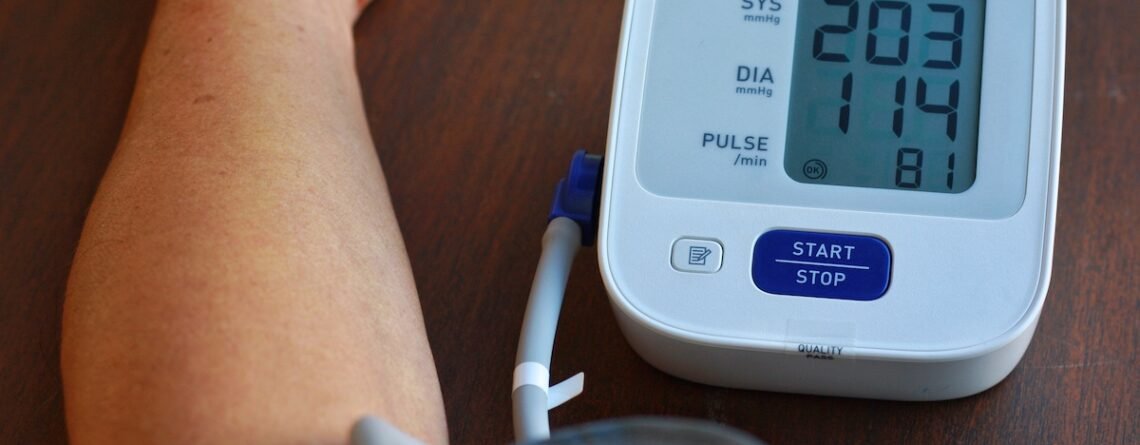

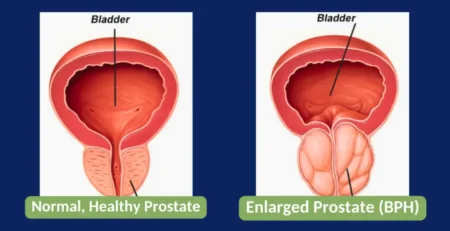
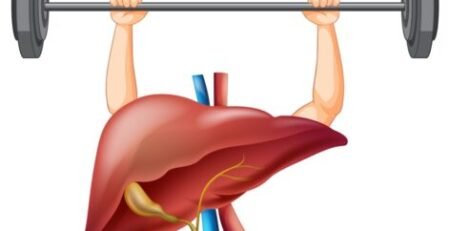
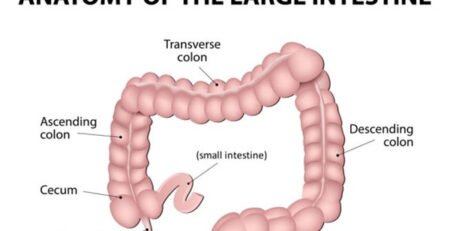

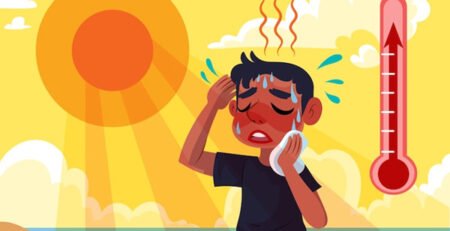
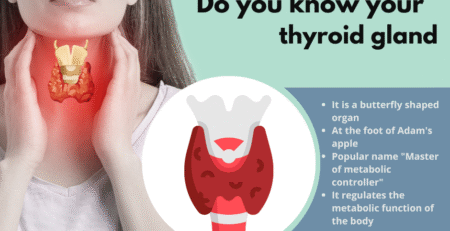

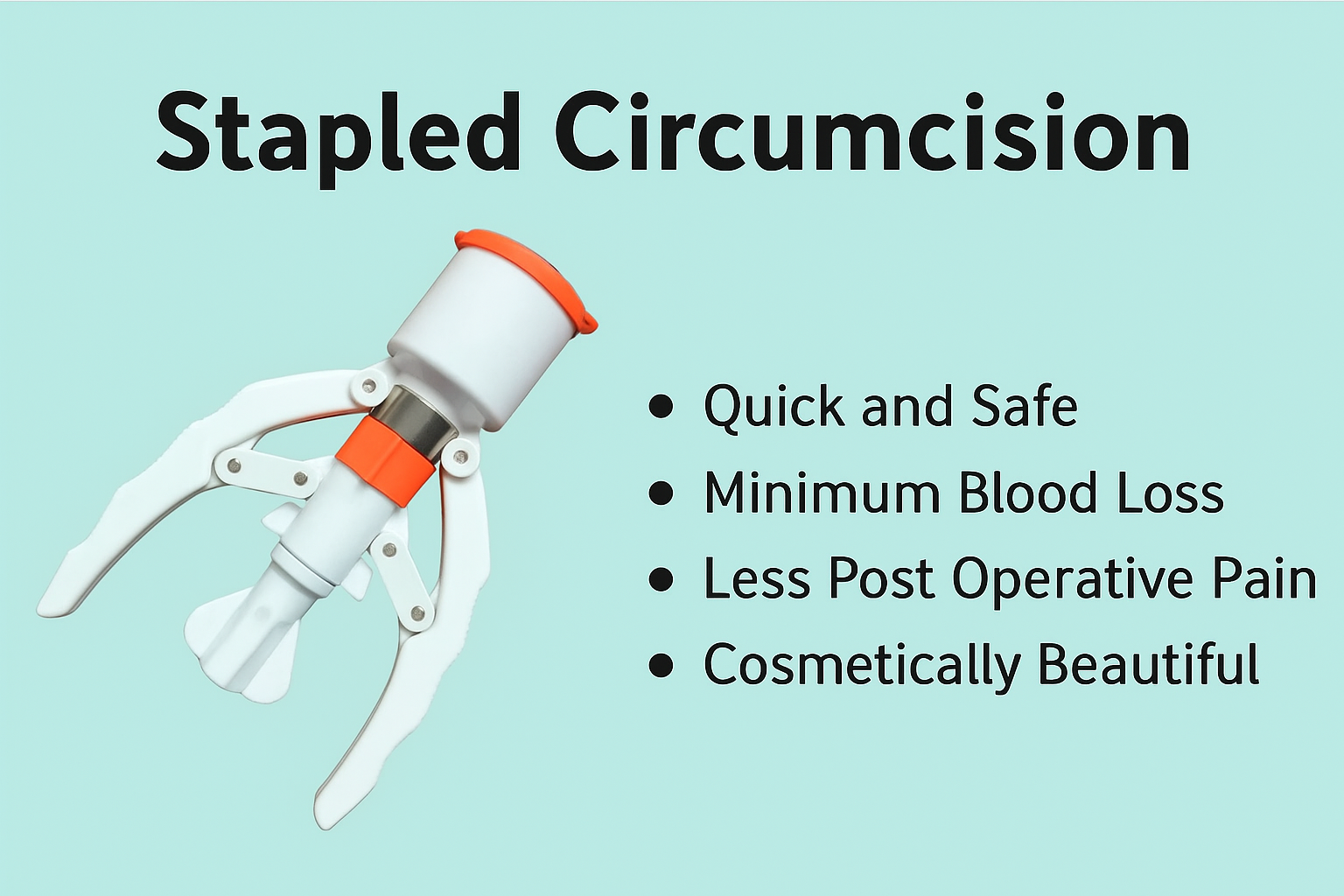
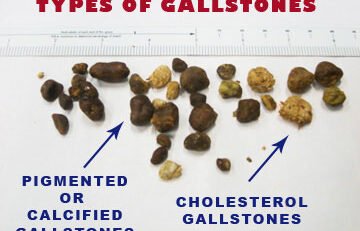
Leave a Reply